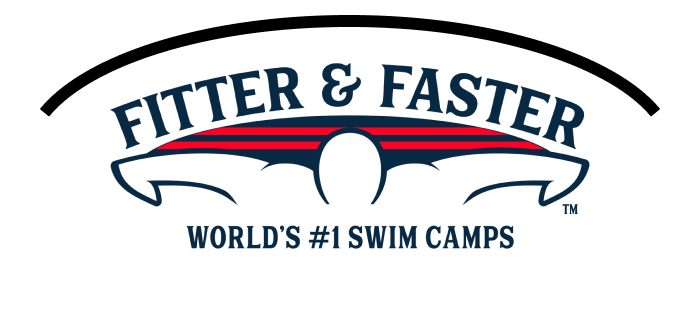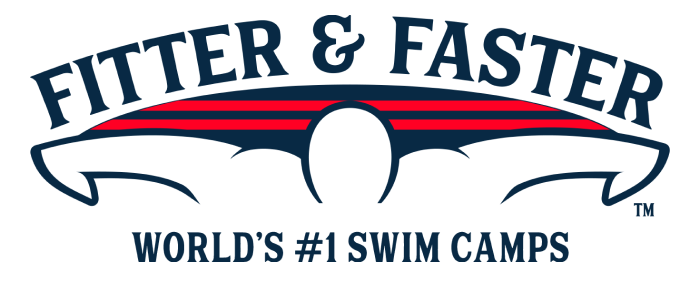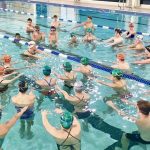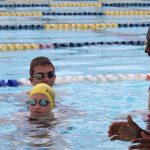Competitive Enrichment Swim Camp Series (Ages 7 to 9)
Chelsea Piers Connecticut
1 Blachley Rd,
Stamford,
CT 06902
- days
- hours
- minutes
- seconds
Introduction
Fitter & Faster is producing a series of Competitive Enrichment Swim Camps for swimmers ages 7 to 9 at Chelsea Piers in Stamford, Connecticut during 2025! This exciting and engaging series is designed to help young swimmers build foundational competitive skills, boost their confidence, and foster a lifelong love for swimming. See below for swim camps in Stamford for swimmers in additional age groups.
COMPETITIVE ENRICHMENT SWIM CAMP SERIES (Ages 7 to 9)
-> Butterfly & Breaststroke Technique Swim Camp (November 29 & 30, 2025)
-> Starts, Turns, Underwaters & More Swim Camp (December 28 & 29, 2025)
Click the “Curriculum Menu” below for details about each swim camp.
-> Availability in each session is limited to ensure the highest level learning experience.
-> SAVE when you purchase the "Entire Camp Bundle” for your swimmer.
ADDITIONAL SWIM CAMPS IN STAMFORD:
-> Ages 10 to 12
-> Ages 13 & over
Select a curriculum below
BUTTERFLY & BREASTSTROKE TECHNIQUE SWIM CAMP: November 29 & November 30, 2025
Butterfly and breaststroke have similar body movements that help swimmers move quickly and efficiently through the water. Instead of rotating like in freestyle and backstroke, swimmers bend at the hips to create power and speed. In this two-day camp, swimmers will work on techniques to make their butterfly and breaststroke faster and stronger for both racing and practice!
- DAY 1 (Saturday, November 29): BUTTERFLY TECHNIQUE: Butterfly can be the most challenging stroke for younger swimmers due to its upper body demands and the difficulty in breaking the stroke into manageable drills. Teaching proper technique early, when strength is still developing, allows swimmers to build efficiency and confidence without relying on brute force. With instruction from our elite clinicians, your swimmer will learn a smooth, relaxed, and efficient Butterfly stroke that will serve them throughout their swimming career.
- BODY POSITION: Maintaining a streamlined body position is key in butterfly. Swimmers must keep their head low, chest pressing forward and down, and hips high to reduce drag. The three focus points below help young swimmers keep their bodies up on top of the water making it easier to maintain the proper rhythm.
- BODY UNDULATION: Butterfly relies on coordinated undulation (up and down movement) of the hips, shoulders and feet, which drives the arms through the water and helps move the head into position for breathing. Young swimmers often disrupt their timing when attempting to do two kicks during their stroke. While we want to add a second kick, establishing a single undulation for each stroke cycle is more important and should be tackled first.
- EARLY BREATH: Proper breath timing is crucial for maintaining an efficient body position in the water. Young swimmers often begin their breath too late, resulting in most of the breath occurring while their arms are out of the water during the recovery. With their head lifted and no arm support, their body tends to sink. To avoid this, the breath should begin as the swimmer initiates their pull, and by the time their arms exit the water, the head should already be moving back down. This timing allows the pull to support the body during the breath, keeping the hips high and reducing drag.
- ARM MOMENTUM: Butterfly can be a demanding stroke, but it offers an opportunity to pause and glide with the arms extended in front and the hips pressing upward. This brief pause helps swimmers move quickly through the back end of their stroke, generating momentum for the recovery while minimizing the time their head remains lifted out of the water. Our clinicians will work with your swimmer to eliminate any unnecessary pauses with their hands at their sides, promoting greater fluidity and consistent momentum throughout their stroke.
- DAY 2 (Sunday, November 30): BREASTSTROKE TECHNIQUE: Of all the strokes, competitive breaststroke differs the most from the foundational form taught to young swimmers. This makes it one of the most challenging techniques to master. Our elite clinicians are here to help your swimmer develop race-ready breaststroke skills!
- GLIDING: Competitive breaststrokers glide with their hands extended in front, reaching toward the far wall. They hold this extended position until and for several moments after the kick is completed. Maintaining a long, almost streamlined bodyline during the glide is key to maximizing efficiency and speed.
- HIGH HIPS: A fast breaststroke requires swimmers to keep their hips high in the water at all times. This involves minimizing the time their head stays out of the water. Swimmers will learn to initiate their breath early in the pull and avoid pausing with their hands near their chest—a critical step for maintaining momentum.
- KICK: The kick is the powerhouse of breaststroke. Swimmers will work on lifting their heels (instead of pulling their knees forward) and snapping their feet quickly around and back to generate strong propulsion. Emphasis will be placed on maintaining the kick within the same horizontal plane and rotating the ankles throughout the motion to develop a powerful and legal kick. Our clinicians will guide participants in refining and strengthening their kick to achieve maximum forward momentum.
- PULL: The key to breaststroke is generating propulsion with the pull while minimizing resistance—and quickly returning to a straight bodyline for a high-speed glide. Many young swimmers have too big of an armstroke which impacts their timing and can even lead to disqualification. Swimmers in this clinic will learn to establish a proper "catch," keeping their hands and elbows high in the water and in front of their shoulders throughout the pull. These techniques will help them maintain forward momentum and achieve their fastest breaststroke.
STARTS, TURNS, UNDERWATERS & MORE SWIM CAMP: December 28 & 29, 2025
Strong starts and fast turns help swimmers race faster and feel more confident in the water. Pushing off the blocks and walls with power helps them move farther and faster before taking their first stroke. Learning these skills early makes swimming more fun, builds good habits, and helps swimmers feel ready for races!
- DAY 1 (Sunday, December 28): GOING FROM DIVES TO STARTS: Transitioning to competitive swimming involves mastering racing starts from the blocks. This Competitive Enrichment clinic is designed to help swimmers elevate their skills by building confidence and transitioning from basic dives to powerful racing starts. Participants will focus on improving their starts, underwater dolphin kicks, and breakouts—the fastest and most efficient part of any race.
- BLOCK STARTS: Confidence on the blocks begins with proper setup. Our elite clinicians will teach swimmers how to position their bodies for a stable base, allowing them to remain steady while poised to launch into their start at the sound of the horn.
- WATER ENTRY: A smooth, shallow entry into the water is key to carrying momentum from the blocks into the race. This session emphasizes improving water entry, a crucial skill for maximizing speed and efficiency right from the start.
- STREAMLINE: A proper streamline is the fastest a swimmer can move in the water. Even elite swimmers continually refine this technique. Participants will receive tips to improve their streamline, helping them maximize speed off starts and on every wall during practice and competition.
- POWERFUL UNDERWATER DOLPHIN KICKS: Underwater dolphin kicking is a vital skill, with the best swimmers generating equal power on the up and down kicks. Our clinicians will introduce different techniques used by elite swimmers and teach participants how to leverage them for faster starts and walls.
- BREAKOUTS: Breakouts are often a trouble spot, with many swimmers inadvertently creating drag through unnecessary movements. This session will focus on refining breakout timing to maintain momentum and power into each lap.
- DAY 2 (Monday, December 29): Flip Turns, Open Turns & Finishes: For developing competitive swimmers, mastering turns and finishes is a critical step toward transitioning from simply swimming to racing. While proper turn technique is vital, the process begins well before reaching the wall and the impact of a great push off will carry speed through the next length. Similarly, a well-executed finish can make the difference in close races, with the preparation for a great finish beginning far before the final touch.
- FLIP TURNS: Racing flip turns require precise technique. Swimmers must drop their head quickly without pausing, keep their hands narrow during the rotation, and finish with foot placement and body position that allow for a powerful push-off. Our clinicians will teach swimmers how to turn for maximum speed and efficiency.
- OPEN TURNS: Open turns often require swimmers to re-learn technique. Instead of turning to the side, swimmers will practice bringing their knees and feet straight to the wall, almost like a backflip. They’ll also learn to stay low in the water and use smooth arm movements that lead to optimal foot placement and streamlined push-offs.
- MOMENTUM OFF THE WALL: The push-off is the fastest part of each length, and carrying that speed into swimming strokes is essential. This clinic will teach proper push-off positioning and tight streamlines to maintain speed.
- MAINTAINING SPEED: One key to both great turns and finishes is maintaining or even increasing speed in the final five yards. Swimmers will develop the habit of “swimming through the wall,” ensuring they carry speed from the flags to the wall and come out ahead in races.
- FINISHES: Strong finishes involve eliminating breaths inside the flags, maintaining stroke length and speed, and touching the wall with force just below the surface. Our clinicians will help swimmers build these habits to consistently deliver competitive finishes.
SESSION START TIMES FOR NOVEMBER & DECEMBER:
- ALL DAYS: Check-in 10:30 AM, Camp 10:45-1:15 PM
ASK QUESTIONS
Swimmers and parents are invited to ask the clinicians questions during a Q&A session. Gain insight into their training regimen, diet and nutrition, and recovery tactics.
WATCH THE CLINICIANS
Observe clinicians swim at full speed and demonstrate a progression of perfectly executed drills to achieve powerful, efficient, and fast swimming.
PUT YOUR SKILLS TO THE TEST
Swimmers will get to practice what they've learned by taking their stroke to your top speed with some of the best swimmers and coaches in the world! They'll work on holding onto their form while challenging themselves.
Take a photo, get autographs, and chat with your clinicians!
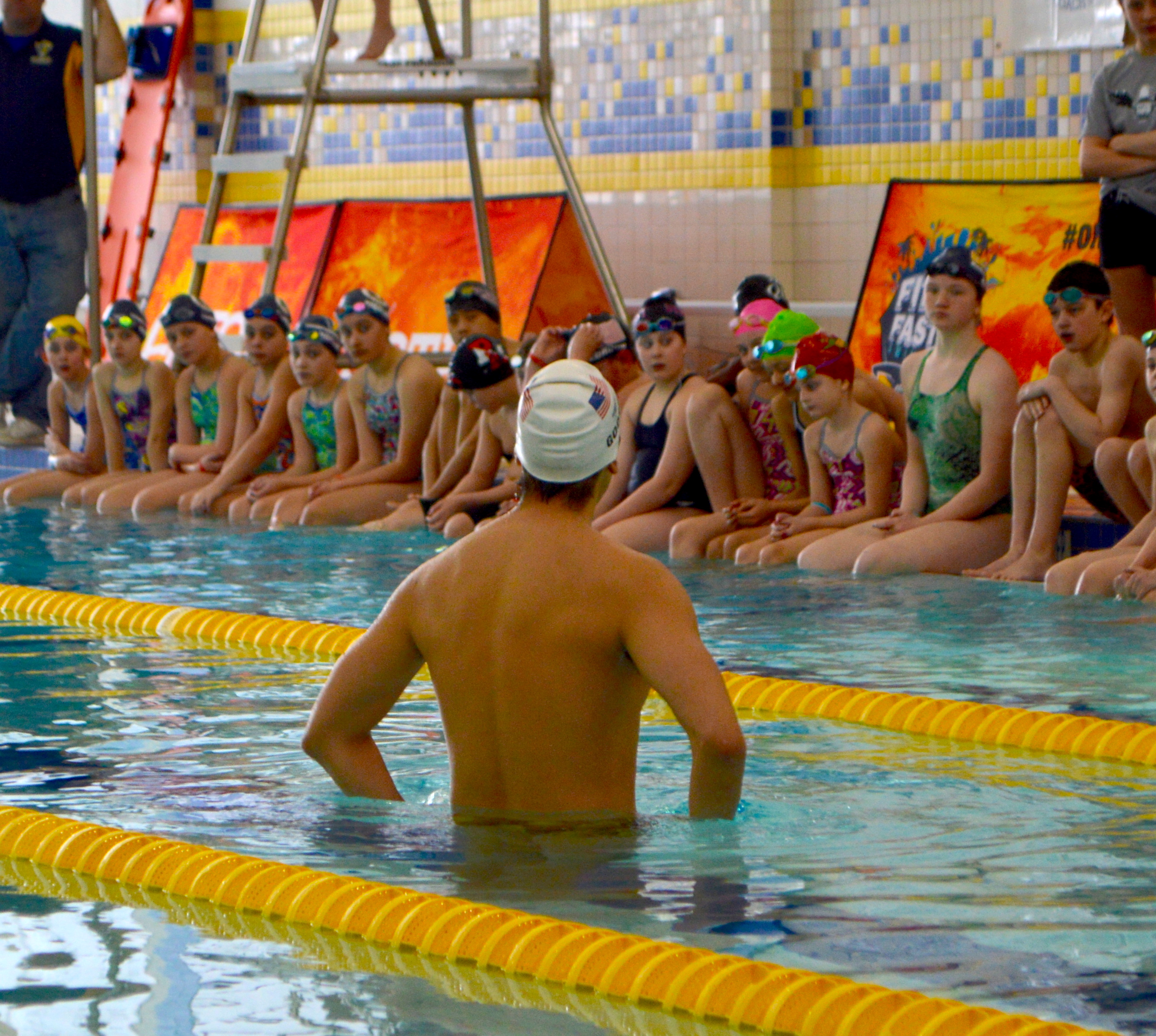
Elite Clinician
Fitter and Faster clinicians are Olympians and National Team members who have achieved at the highest level of the sport of swimming... and who have the unique skill to teach what they know from a technical perspective to swimmers of all ages and abilities.
Inquisitive, Educated Swimmers are Faster Swimmers! Sign up today!


